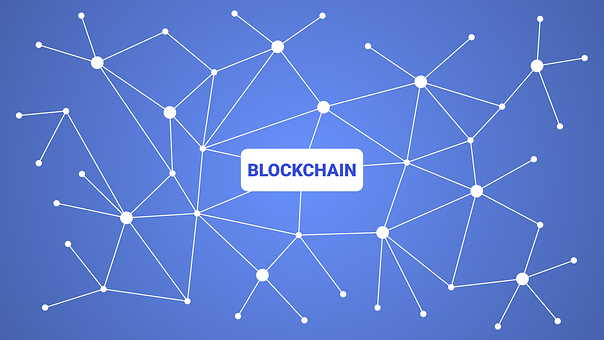Anyone looking into having NFTs explained has stumbled upon the word ‘blockchain.’ Especially within the cryptocurrency community, blockchain, the blockchain, or blockchain technology are all terms that are thrown about haphazardly, used to explain concepts, or simply cited as the reason something works (such as Bitcoin, or NFTs). While this is fine for some, anyone seeking NFTs explained is likely looking for more. In some ways, blockchain is a confusing concept, yet in others quite simple. By the end of this, you will hopefully be able to not only understand blockchain, but have a deeper knowledge of how cryptocurrencies and NFTs work.
Cryptography
To understand blockchain, we first need to understand cryptography. The word cryptography comes from the Greek words ‘kryptós’ and ‘graphein,’ meaning, in essence, ‘secret writing.’ Just like the ciphers you may have used as a kid to talk to your friends in class, cryptocurrency and NFTs utilize codes to individually distinguish themselves. These unique codes can be read and interpreted, such that digital assets can be identified.
Blockchain technology integrates with, and utilizes cryptography, so keep this in the back of your head.
Why is it Called Blockchain?
You’ve talked to someone who owns NFTs and asked them to explain them to you, and they’ve said it “uses the blockchain,” but have been unable to tell you why it’s called blockchain.
Thankfully, the name is fairly descriptive of how the technology works.
Most places you look, you will see blockchain explained as a chain of blocks of data. Essentially, data is piled into a ‘block.’ Once the block is full, incoming data passes through the block and spills over into another block. There is one path (a chain) through the blocks, meaning all of the data has to follow the same trajectory.
Maybe this makes immediate sense to you, maybe it doesn’t. Just in case, let’s look at another metaphor for how blockchain works.
Imagine you have a series of buckets, all of them are sitting on a staircase, one after another. At the top of the staircase you begin to pour sand into the first bucket. After a short while, the bucket fills up and any further sand you pour spills over into the next bucket. As the second bucket fills up it spills into the third, the third into the fourth and so on. You could do this infinitely, but no matter what bucket you examine, you know that the sand which entered it originated at the top of the steps where you poured it.
This is, in essence, the way that blockchain works. As data moves, it is grouped into blocks (like the buckets) that follow the blocks before it.
How Does Blockchain Keep My Digital Assets Safe?
One of the biggest questions about blockchain when explaining NFTs is how it keeps your digital assets safe. Remember when we talked about cryptography? This is where cryptography, and our little bucket brigade metaphor come together.
When an NFT is created, it has a unique cryptographic signature. As it is sold and traded, the NFT moves through the blockchain, think of it like a unique grain of sand that you watch move through all of the buckets.
Because of this unique cryptographic signature, an NFT can be tracked throughout its journey through the blockchain, and can be easily retraced to its origin at any point. This is something you may have heard referred to as ‘blockchain verification.’
Since the blockchain is linear, and starts with the birth of an asset, the asset cannot be duplicated, cloned, or replicated. If User A sells ASSET 1 to User B, and all of a sudden User C claims to have ASSET 1, containing the same cryptographic signature, blockchain technology would allows us to see that User C’s asset came into existence suddenly, and cannot be traced back to its origin.
In many ways, this system is even more secure than the trading of physical assets. It is utilized to track cryptocurrency sales and purchases, as well as to manage NFT minting, exchanges, and trades.
Safe From Manipulation
Blockchain is a shared database and ledger. It is not owned by anyone, and nobody has any form of innate control over blockchain. Because of this, it cannot be manipulated or edited by third parties, maintaining the safety of your assets and transactions.
Now You Know!
If you were looking for NFTs explained further, you hopefully have an even deeper understanding of how blockchain tech works, and how it allows you to purchase and trade your digital assets with sound mind!
Blockchain is an incredibly interesting, clever, and individual-oriented innovation made to add the same unique qualities to digital assets that many of us find in our day-to-day physical assets.
Don’t be afraid to look deeper! There are plenty of other pieces of blockchain in use, and in innovative stages. Stay curious, and you will likely find a depth of information regarding this technology!












